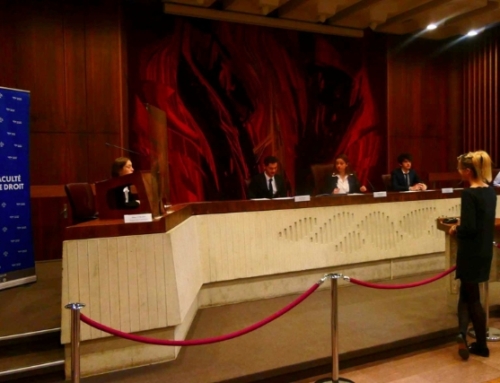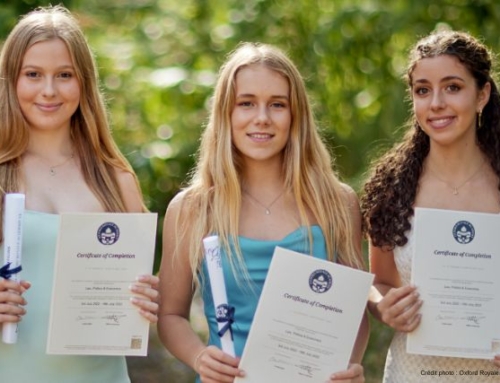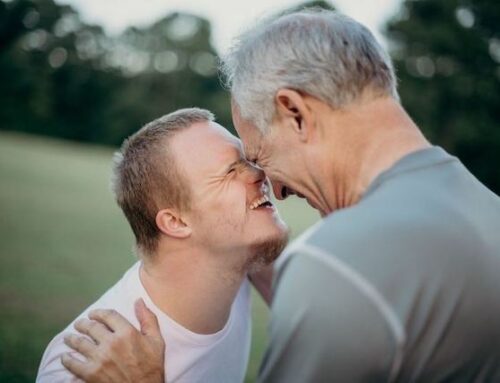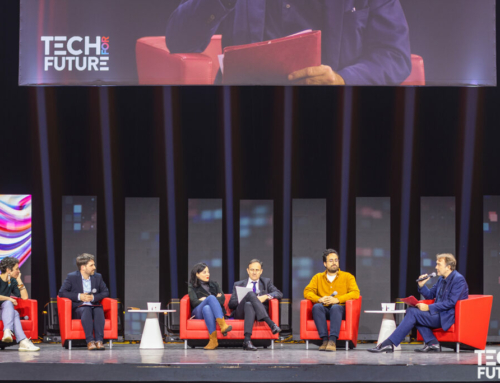It’s always sunny on the Tour campus ! In the heart of Bourgogne, a noble land if ever there was one, transportation is a major issue. The University of Bourgogne brings together 6 different campuses, from Nevers to Chalons sur Saône, via Auxerre, Macon and Le Creuzot. It’s a great way to travel when you’re in charge of the heritage and development of the various sites, as Philippe Perrot, whose job it is, will tell us. The visitor’s head is filled with beautiful images of a region rich in history, but also in cultural and culinary delights. But here, to the north of the city of the Dukes, the campus brings together numerous buildings, to cover most of the disciplines offered to students, as well as a flagship cultural venue, the Athéneum, which we’ll be discovering shortly.
“This territorial network is a real asset for the University, as it democratizes higher education”, confirms Philippe Perrot, Vice-President in charge of heritage and territorial site strategy. “It allows students to take high-quality courses without having to travel to Dijon”, he adds.
It’s easy to think that face-to-face learning, which is widely preferred by the students we meet on the day, is the ideal format.
Moreover, major financial efforts are being made to renovate, enlarge and optimize the various spaces dedicated to courses or access to information. As is the case with the Cortex, which is currently being transformed.
Eric Husson, deputy director of the documentation center, is enthusiastic: “In this learning center, we had the idea of developing services at the same time as learning spaces, so as to encourage student success. Since September 2021, we’ve seen students make the workspaces their own, particularly those dedicated to group work, which meets a very high expectation”.
But there are other surprises in store for students, particularly when it comes to audiovisual creation. Mathieu Canar, library assistant at the Cortex, tells us that the video studio is constantly busy with students and lecturers alike, who come here for training or to carry out a project. In addition to its classic library function, the Cortex is a nerve center for educational activity. It perfectly embodies this spirit of openness to all disciplines and all forms of learning. At the University of Burgundy, all types of training are offered, from the PASS/LAS stream for medical studies to literary, economic or cultural disciplines.

Founded in Dijon in 1772, it now welcomes over 30,000 students to its 6 regional campuses. It is also the birthplace of the Institut Universitaire of Vine and Wine, inaugurated in 1995, and more recently, the European Center of Taste Sciences, in 1998. This cross-disciplinary approach to knowledge is reflected in a willingness to embrace a wide range of learning communities. On this campus, you could meet a rock band, a filmmaker, top-flight doctors, researchers in history or climatology, just by crossing the Erasme esplanade. A symbol of openness to others, of humanism, a movement whose emergence is sometimes attributed to the Protestant philosopher, teacher and great European traveller.
“Over the next few years, we’re going to be offering competency-based training programs. It’s an evolution that will enable us to respond to the needs of students in both traditional and lifelong learning courses”, explains Sophie Morlaix, vice-president in charge of bachelor’s and master’s degrees.
This gradual change in teaching methods is also reflected in the flexibility of the experiences available to learners. Lectures, seminars and practical work are no longer strictly defined or delimited by timetables or locations. As hybridization has become the norm after two years of the covid-19 epidemic, it is accepted and even desired by all. Baptiste, Marina, Lara and Valentin, the students we interviewed were all delighted with the return of face-to-face teaching, but also with the other ways of accessing courses. Going from a video on a screen to a lecture hall is their daily routine. What’s more, “distance learning is sometimes cool, especially if it allows some people to spend more time at home with their parents”, says Marina with a smile. And then there are “the teachers who still believe in lectures and think that all they have to do is film themselves on video for it to work; but I’m waiting to see the results” warns Baptiste, a biology student.
There are also many teachers who have found answers to students’ expectations. This is the emblematic case of Professor Hervé Devilliers, PU-PH head of the internal medicine department at Dijon University Hospital, who became a “youtuber” after his first experience of animating the student community on a Facebook group.
“We had experienced a particularly difficult year in 2017 and wanted to evolve our knowledge transmission methods. Flexibility, responsiveness and content adaptation became possible almost in real time with the arrival of digital tools. Creating a Youtube channel was a logical next step, and its success has far exceeded what we could have expected.”
Whether in his lecture hall, or in the video control room that broadcasts the course to all connected campuses, or remotely via Teams, you can feel him at ease in front of the camera. Images are now just as important as text in the dissemination of knowledge.
To achieve this flexibility, the University of Burgundy has invested heavily in teacher training. “We won a call for projects from the Ministry for support and training in digital tools”, explains Alexandre Fournier, vice-president in charge of digital campuses, information systems and open sources. “We recruited an engineer and put a lot of energy into supporting our teaching teams; I really wanted to do this, it was very important to me as an engineer and as vice-president”, he adds with emotion.
Support is also the mission of Eric Paul, director and head of the audiovisual department at PNR. Not only is he the director of the beautiful images shot on campus during cultural and artistic events, but he is also there to explain how to transform a course by making the best use of video.
“Because most teachers don’t have a very clear idea of what’s possible. We tell them that it’s not possible to film their entire course, or that they need to provide us with royalty-free, high-definition images, not old gifs from the 80s”, he explains, before adding gently that “for some, we make videos to introduce the course, or to add to it on certain specific points, in order to energize and enrich learning. There’s a lot we can do, but writing often takes up too much time and reduces or eliminates the number of projects”.
What’s really interesting in Eric Paul’s comments is to hear that the use of images and video is becoming increasingly popular, in all disciplines.
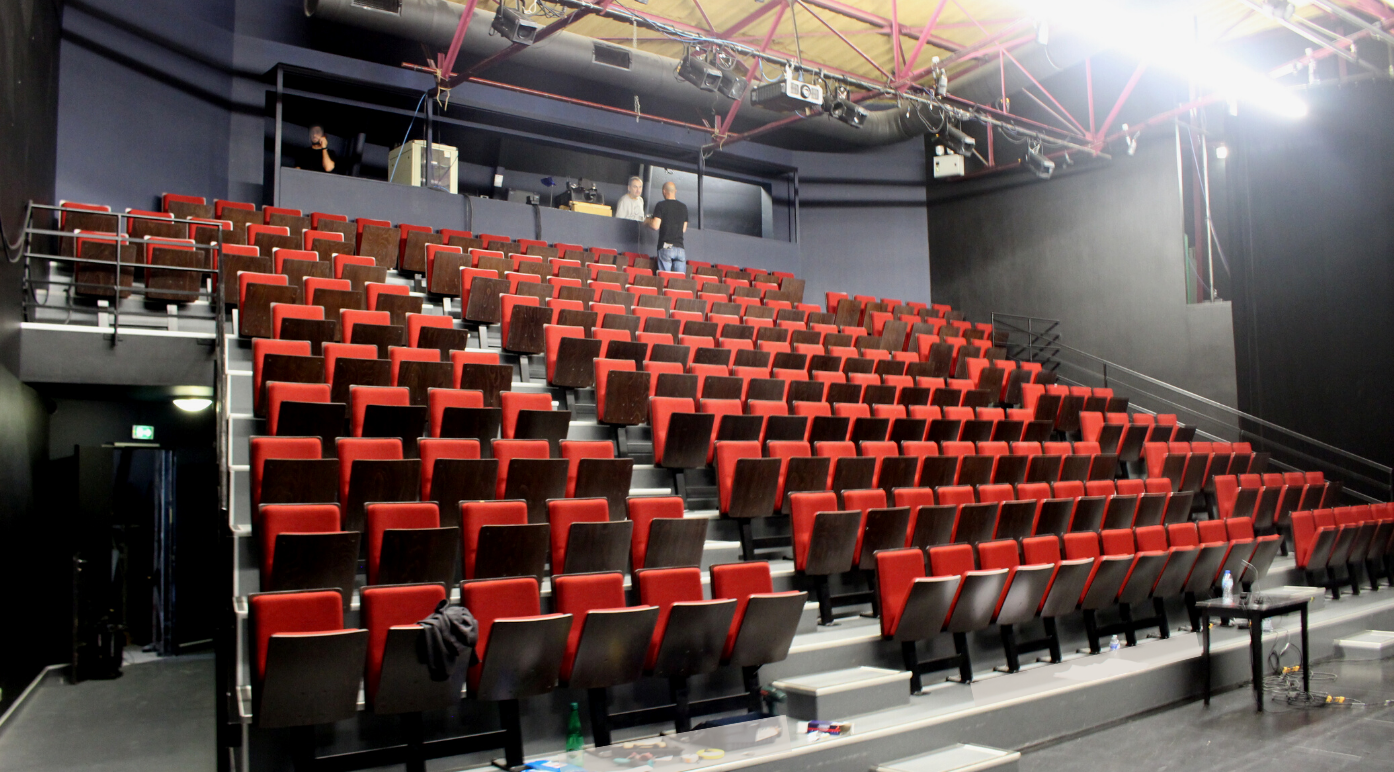
From science to the arts, everyone is keen to create more attractive, more dynamic teaching aids, closer to the formats we consume throughout our day. Video-on-demand, videoconferencing or filmed lectures, lecture halls or workshops, space and time are expanding or contracting at the pace desired and adapted by teachers and learners alike. The digital transformation of universities is well underway. In no way does it overshadow the importance of campus life. On the contrary, it is precisely because it promises maximum flexibility that it also creates those encounters that are indispensable to social life and the personal development of all. A discreet visit to La Petite Fac at siesta time is a welcome reminder of this. Here, students and teachers alike entrust their very young children to nursery specialists. Barely able to walk, the toddlers are already learning rudimentary sign language, enabling them to express their needs. Fascinating instinctive communication between children and adults, for their own good…
But our tour of the campus would not have been complete without a meeting with the cultural venue where it all happens: the Athéneum. Almost 40 years of history for this space open to all forms of artistic expression, where gamers and musicians, poets and video artists, all inspired by the sharing of knowledge, rub shoulders. This is the challenge taken up by Marie-Laure Baudement-Sirugue, Director of the Pôle Culture, and Cédric Mousselle, Director of the Athéneum, who have the pleasure of preparing the festivities and “welcoming students from all disciplines, from chemistry to STAPS, to mix science and art, so that all the arts are represented, and so that all audiences come and enjoy the shows or exhibitions we offer”, conclude our hosts.
Life and science enlivened our tour of Burgundy. The University is a place of life. It displays all its knowledge in a way that is clearly humane for visitors. Digital technology, far from being a hindrance to this intellectual teeming, is on the contrary a gas pedal, to the great satisfaction of teachers and learners alike.
Thank you for a very successful Campus Tour.
Find out more about the Campus Tour at the University of Bourgogne here :
Click here to visit our Youtube channel and watch interviews from the Campus Tour.
If you missed it, you can still catch up on the first Campus Tour, when Simone and her Robots visited the University of Reims Champagne-Ardenne !


